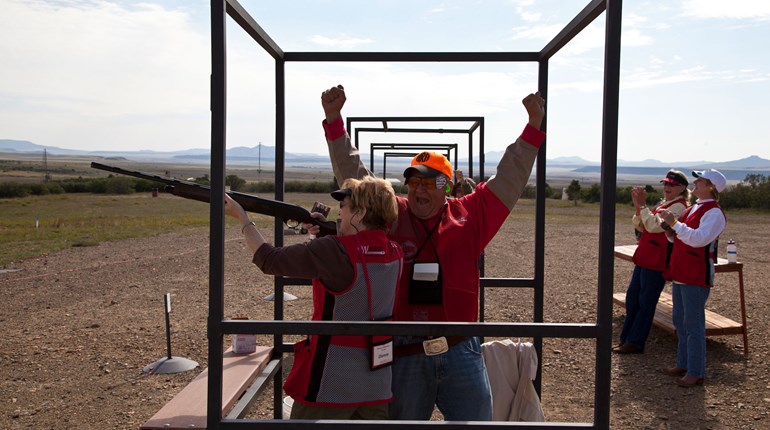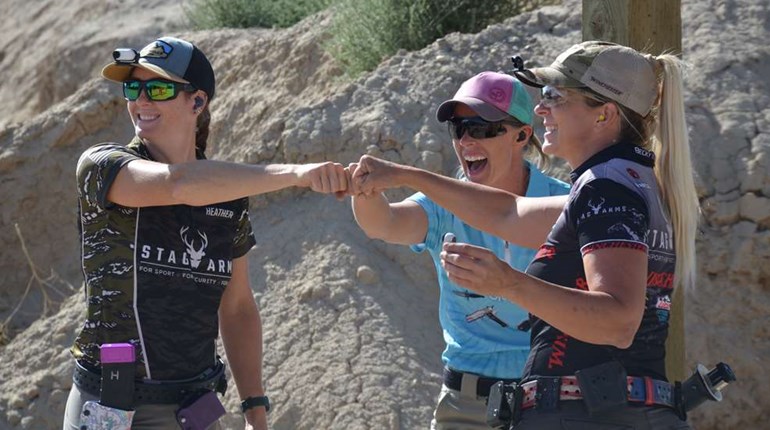
Image by Jonathan Wilkins
You already know that the bald eagle is America's national bird, but did you know that it has been since long before the first colonists arrived on our shores? It's true: Many Native American cultures consider the eagle a sacred animal, a spiritual messenger between their gods and their people. There are lots of other things you probably didn't know about the eagles that live in the Americas, both North and South...here are five of them!

1. Sweet Crib, Yo
The bald eagle is a truly majestic airborne predator, flying up to 44 mph on wings that span up to 8 feet wide. Its nest is the largest of any bird in North America. Eagles reuse their nests over many years, adding material as they go. Eventually, a nest may measure 10 feet across and weigh more than a ton!

2. The Young Ones
Baby bald eagles are strong enough to fly at just 12 weeks of age. Juveniles look quite a bit like golden eagles. They don't develop their iconic white head and tail feathers until they are four or five years old.

3. Punching Above Their Weight Class
Bald eagles tend to live near lakes and seacoasts so they can be close to their favorite prey, fish. They have excellent vision and can spot a fish in the water from several hundred feet above it. Although they are primarily airborne hunters of aquatic animals, bald eagles can and will prey on mammals up to the size of small deer. The picture above is of a bald eagle taking on a new kind of prey: a drone. Turns out they're really quite good at knocking drones right out of the air...for a video compilation you'll love, click here!

4. Standard Bearer or Klepto?
Golden eagles, on the other hand, live all across North America...but they're also native to large swaths of Europe and Asia. In fact, the "aquila," the standard of the Roman legions, was an emblem of a golden eagle. Unlike bald eagles, golden eagles live in landlocked areas and generally prefer small animals over fish as their primary prey. In fact, these apex predators don't limit themselves to bunnies and mice; they've been known to hunt and kill large animals like lambs and goats, and even other birds of prey like falcons. Also unlike other species of eagles, golden eagles are known to engage in a practice called "kleptoparasitism," which is stealing food from other birds.

5. Jungle Jet
Harpy eagles are found in the southern Americas, starting from the southernmost portion of Mexico through northern Argentina. These powerful hunters are the jet fighters of the jungle, zooming around under the forest canopy at up to 50 miles per hour. To maneuver quickly in such tight spaces, the harpy eagle has a much smaller wingspan than other eagles do, but it's still a very large bird. Like all eagles, the females are considerably larger than the males...sometimes almost twice their size.
This goofy-looking bird fans its double crest of feathers up when it feels threatened, and it can turn its head almost completely upside-down. Don't let it hear you giggle at its comical looks, though: At 5 inches long, the harpy eagle's talons are longer than a grizzly bear's claws! Harpy eagles have been known to hunt young deer, sloths, porcupines and monkeys, and can fly while grasping prey that weighs up to 17 pounds.
You already know that the bald eagle is America's national bird, but did you know that it has been since long before the first colonists arrived on our shores? It's true: Many Native American cultures consider the eagle a sacred animal, a spiritual messenger between their gods and their people. There are lots of other things you probably didn't know about the eagles that live in the Americas, both North and South...here are five of them!

1. Sweet Crib, Yo
The bald eagle is a truly majestic airborne predator, flying up to 44 mph on wings that span up to 8 feet wide. Its nest is the largest of any bird in North America. Eagles reuse their nests over many years, adding material as they go. Eventually, a nest may measure 10 feet across and weigh more than a ton!

2. The Young Ones
Baby bald eagles are strong enough to fly at just 12 weeks of age. Juveniles look quite a bit like golden eagles. They don't develop their iconic white head and tail feathers until they are four or five years old.

3. Punching Above Their Weight Class
Bald eagles tend to live near lakes and seacoasts so they can be close to their favorite prey, fish. They have excellent vision and can spot a fish in the water from several hundred feet above it. Although they are primarily airborne hunters of aquatic animals, bald eagles can and will prey on mammals up to the size of small deer. The picture above is of a bald eagle taking on a new kind of prey: a drone. Turns out they're really quite good at knocking drones right out of the air...for a video compilation you'll love, click here!

4. Standard Bearer or Klepto?
Golden eagles, on the other hand, live all across North America...but they're also native to large swaths of Europe and Asia. In fact, the "aquila," the standard of the Roman legions, was an emblem of a golden eagle. Unlike bald eagles, golden eagles live in landlocked areas and generally prefer small animals over fish as their primary prey. In fact, these apex predators don't limit themselves to bunnies and mice; they've been known to hunt and kill large animals like lambs and goats, and even other birds of prey like falcons. Also unlike other species of eagles, golden eagles are known to engage in a practice called "kleptoparasitism," which is stealing food from other birds.

5. Jungle Jet
Harpy eagles are found in the southern Americas, starting from the southernmost portion of Mexico through northern Argentina. These powerful hunters are the jet fighters of the jungle, zooming around under the forest canopy at up to 50 miles per hour. To maneuver quickly in such tight spaces, the harpy eagle has a much smaller wingspan than other eagles do, but it's still a very large bird. Like all eagles, the females are considerably larger than the males...sometimes almost twice their size.
This goofy-looking bird fans its double crest of feathers up when it feels threatened, and it can turn its head almost completely upside-down. Don't let it hear you giggle at its comical looks, though: At 5 inches long, the harpy eagle's talons are longer than a grizzly bear's claws! Harpy eagles have been known to hunt young deer, sloths, porcupines and monkeys, and can fly while grasping prey that weighs up to 17 pounds.







































